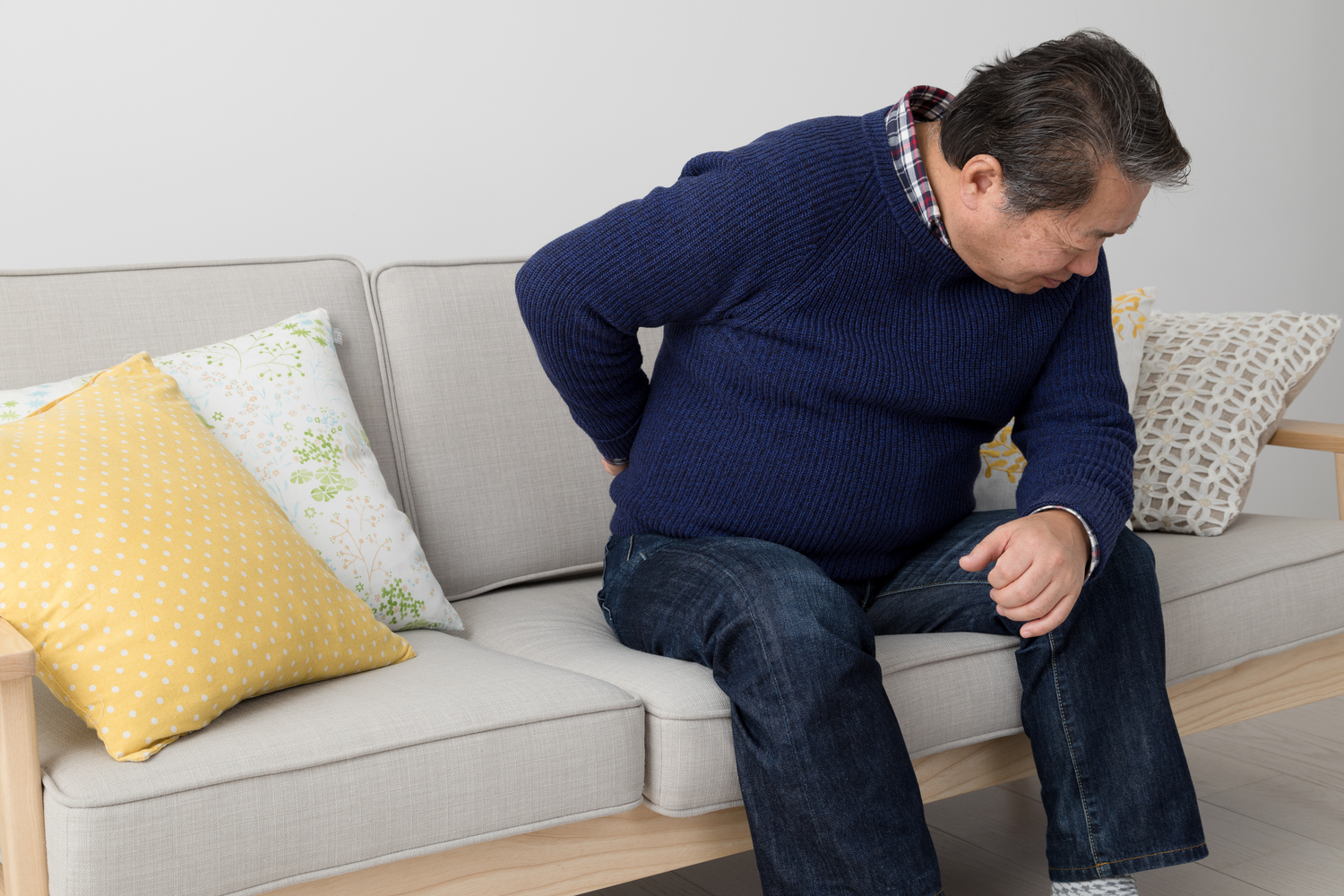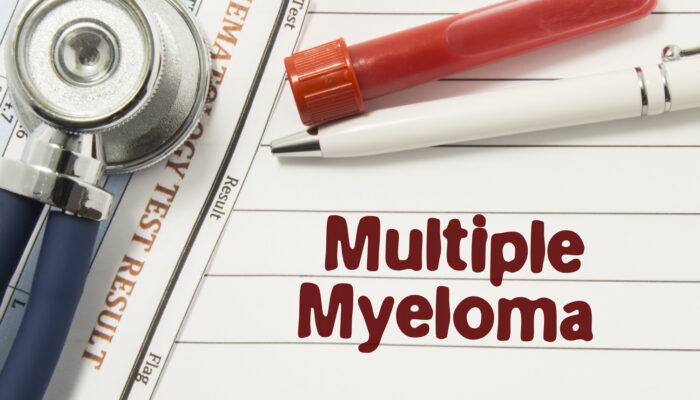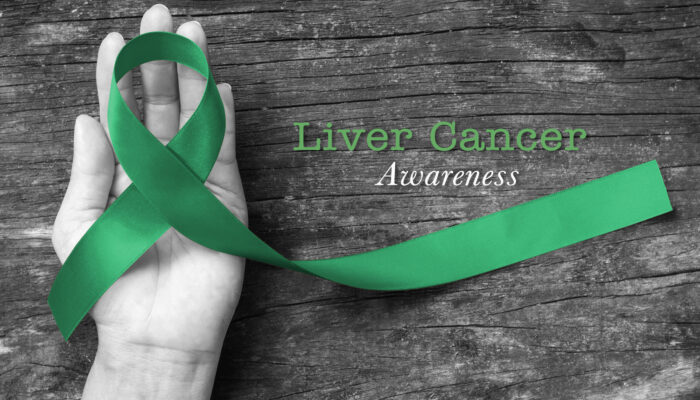
Causes and risk factors of osteoporosis
When bone density decreases and the body stops producing bones normally, it leads to a condition called osteoporosis. Over 53 million people in the country are currently affected by this condition. Though it affects both sexes, women are at a higher risk of developing it, especially after menopause, due to the sudden decrease in estrogen, which is the hormone that guards and defends against osteoporosis.
The condition leads to weak and porous bones, increasing the risk of hip, spinal vertebrae, and wrist fractures. The body maintains bone density by constantly renewing bone tissues, and new bones replace the old and damaged bones. The bone density of a person peaks in the late 20s, and bones start to become weaker after the age of around 35 years. With age, bones break down faster than they build, and osteoporosis is the result of this happening excessively. The symptoms may not be clear outwardly, but there would be bone pain or a weakening of the spine, which leads to a stoop.
Causes and risk factors
Some causes and risk factors of osteoporosis can be prevented with medication and lifestyle changes, while others cannot. Non-modifiable risk factors are as follows:
- Age : The risk is higher after the mid-30s, especially after menopause in women.
- Lower sex hormones : Reduced estrogen levels make bone reproduction difficult.
- Genetic factors : A family history of osteoporosis is also a high-risk factor.
- Bone structure : Being over 5 feet 7 inches tall or weighing less than 125 pounds increases the risk of this disease.
- Medical history : If there is a prevalence of fractures in the medical history of a person after the age of 50 years, they are more likely to be affected by osteoporosis.
- Ethnicity : White people and Asians are more susceptible to develop this condition.
Modifiable risk factors would include the following:
- Excessive alcohol intake
- Smoking tobacco
- Low levels of calcium, magnesium, and Vitamin D, and malabsorption tissues or use of some medications
- Eating disorders like anorexia, bulimia, or orthorexia
- Inactivity or immobility
In women going through menopause, the risk of osteoporosis increases with smoking and poor diet. Additionally, some diseases and medications cause changes in hormone levels, and some drugs also reduce bone mass. Some condition that increases the risk of osteoporosis are listed here:
- Cancer
- COPD
- Chronic kidney disease
- Auto-immune diseases like rheumatoid arthritis and ankylosing spondylitis
Some medications also raise the risk of osteoporosis:
- Glucocorticoids and corticosteroids
- Thyroid hormone supplements
- Proton-pump inhibitors
- Anticoagulants and blood thinners
- Vitamin A medications
- Antidepressant medicines
- Diuretics
- Thiazolidinediones (used to treat diabetes)
- Immunosuppressant agent
- Chemotherapeutic agents
DEXA is a special X-ray based scan used specifically for the diagnosis of osteoporosis. Medication could prevent or slow down bone loss, and dietary adjustments like extra calcium, magnesium, and vitamin D would be included in the treatment of osteoporosis. In addition, lifestyle choices like weight-bearing exercises help to prevent it and place stress on the bones to help encourage bone growth.



